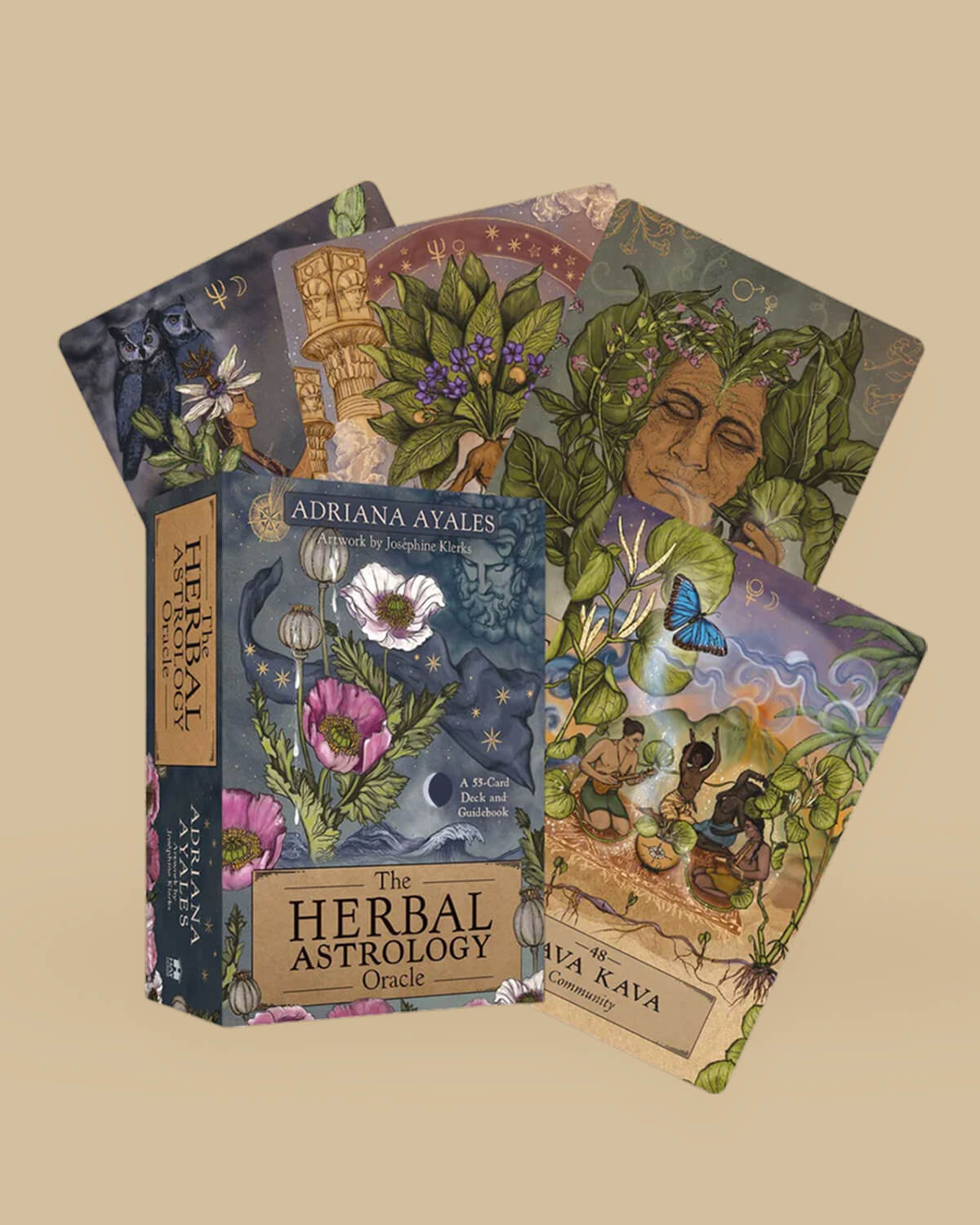The Historical + Spiritual Roots of Foraging
Autumn is a season rich in symbolism and spiritual meaning. In many cultures, fall represents a time of letting go, as the trees shed their leaves and the landscape prepares for winter. Foraging during this time can be a deeply spiritual practice, one that invites reflection on the cycles of life, death, and rebirth. It’s a time for gratitude, as we harvest Nature’s abundance and store up for the colder months ahead. Many people find that foraging in the fall helps them reconnect with the land and their ancestors. The act of gathering wild plants, mushrooms, and fruits can feel like a sacred ritual, a way to honor both the Earth and the ancient traditions that have sustained us for millennia.
Foraging is one of the oldest human traditions, deeply rooted in our prehistoric past. Long before the advent of agriculture, early humans were nomadic hunter-gatherers who relied on the wild landscapes for survival, harvesting plants, fruits, herbs, and fungi in accordance with the natural cycles of the Earth. As autumn arrives, it brings with it a bounty of nutrient-rich plants and mushrooms, making this season a particularly fruitful time for foraging.
Indigenous peoples worldwide have long understood the intricate relationships between plants, animals, and the land. For thousands of years, they passed down their plant knowledge, preserving the balance between human needs and Nature’s offerings. In the wake of the global COVID-19 pandemic, foraging has seen a major resurgence as more people have sought to reconnect with the Earth and reclaim ancient practices. But please remember, as we collect the fruits of the season, we must take only what is necessary, ensuring that we leave enough behind for wildlife and future regeneration. Sustainable foraging means respecting the ecosystem and harvesting in a way that allows the land to continue thriving for generations to come.
Autumn’s landscape is particularly abundant, offering a variety of medicinal mushrooms, immune-boosting herbs, and nutrient-rich fruits, depending on your region. Foraging in this season allows you to stock up on wild foods and remedies that will help sustain you through the winter months. Additionally, the cooler weather and shifting colors of fall make it an inviting time to venture outdoors, immersing yourself in the peacefulness of nature as you gather knowledge and bounty.

Scientific Benefits of Foraging and Being in Nature
Scientific research has shown that spending time in Nature can significantly reduce stress, improve mental clarity, and boost overall well-being. A growing body of evidence highlights the associations between Nature exposure and improved cognitive function, brain activity, blood pressure, mental health, physical activity, and even sleep, as well as lower levels of cardiovascular disease. [1] Foraging combines these benefits with movement, increasing physical health through exercise, fresh air, and exposure to natural light. Research has also demonstrated that the act of foraging—and a new term dubbed “senseforagaing”, or the process of paying attention to bodily sensations—encourages mindfulness, allowing us to engage our senses fully in our surroundings.
When foraging for wild edibles, you're engaging your brain in critical thinking, memory recall, and pattern recognition, all of which promote cognitive health. Foraging also fosters a more intimate connection to the food we eat, encouraging an embodied sense of gratitude for Nature’s offerings. From immune-boosting mushrooms like Turkey Tail and Hen of the Woods to nutrient-rich fruits like persimmons and autumn olive, there’s no shortage of wild foods to gather in the fall. Keep reading for our curated U.S. regional guide to some of the best wild edibles to forage this season.

What to Look For in Autumn by Geographic Region
Foraging in the Northeast U.S. and Eastern Canada
Turkey Tail Mushrooms (Trametes versicolor)
Turkey Tail mushrooms are easily recognizable by their fan-shaped, colorful bands and can be found on dead hardwood logs. The fruiting body is harvested in the fall, prized for its ability to support immune health. Used in teas, tinctures, and extracts, Turkey Tail is rich in polysaccharides that help modulate the immune system, making it a go-to remedy for building resilience during colder months.
Hen of the Woods (Grifola frondosa)
Known as "Maitake" or "Dancing Mushroom," Hen of the Woods is a culinary and medicinal gem found growing at the base of oak trees in deciduous forests. Its large, ruffled fruiting body offers rich umami flavor, as well as powerful immune-boosting benefits, making it a wonderful addition to broths or sautéed as a side dish. Whether sautéed or added to broths, this mushroom is a must-have during the fall for both its taste and health benefits.
Yellow Dock (Rumex crispus)
Common in disturbed soils and roadsides across the Northeast U.S., Yellow Dock is a versatile plant that can be foraged throughout this region. Its taproots are dug up in autumn for their detoxifying and digestive properties. The roots are often dried and used in tinctures to support liver function and promote bile production. Often overlooked, the seeds can be roasted and ground into a nutritious flour or added to teas to support overall digestive health.

Foraging in the Pacific Northwest
Oregon Grape (Mahonia aquifolium)
A staple in the Pacific Northwest, Oregon Grape is known for its holly-like leaves and vibrant yellow roots. The root and bark are rich in berberine, a compound known for its antimicrobial properties. Oregon Grape is typically prepared as a tincture to stimulate digestion and fight infections, making it a powerful addition to any herbal medicine cabinet.
Chanterelles (Cantharellus spp.)
Chanterelles are golden, trumpet-shaped mushrooms that are often found near coniferous trees. Highly sought after by chefs and herbalists alike, their delicate, earthy flavor pairs beautifully with autumn stews, soups, or pasta dishes. Chanterelles are also rich in vitamins and minerals, making them both a delicious and nutritious find during fall.
Persimmon (Diospyros virginiana)
Wild persimmons ripen in the Pacific Northwest as autumn unfolds. These sweet, custard-like fruits, especially flavorful after the first frost, are rich in antioxidants and vitamins A and C. Enjoy persimmons fresh, or try transforming them into jams and baked goods, or dry for later use.

Foraging in the Midwest and Great Plains
Elecampane (Inula helenium)
Elecampane is a tall, sunflower-like plant that thrives in meadows and open spaces. Its root is dug up in the fall and used in syrups and teas to soothe respiratory issues like coughs and excess phlegm. The root’s inulin content also acts as a prebiotic, supporting gut health, making it a valuable and multi-faceted medicinal herb for the fall season.
Autumn Olive (Elaeagnus umbellata)
Often considered an invasive species, Autumn Olive bears bright red, tart berries rich in lycopene, a powerful antioxidant linked to heart health. While the plant may disrupt some native ecosystems, the berries offer high nutritional value. They can be harvested and made into fruit leathers, syrups, or jams that add a bright, tangy flavor to your pantry.
Sassafras (Sassafras albidum)
Sassafras is easily identified by its mitten-shaped leaves. In fall, the root bark is harvested for its traditional uses in teas and root beer. Sassafras has warming, diaphoretic properties that make it ideal for promoting circulation and inducing sweating during cold, damp weather. Historically, it was also used as a spring tonic, but in modern herbalism, it's appreciated as a warming and detoxifying herb, making it ideal for fall and winter tonics.

Foraging in the Southeastern U.S.
Juniper Berries (Juniperus communis)
Juniper berries grow abundantly across the Southeast, ripening in late fall. These small, blue-gray berries are often used for their antiseptic and diuretic qualities, which aid in digestion and support kidney function. The berries can be dried and added to tinctures or infused into digestive tonics to create invaluable herbal remedies for supporting organ health.
Barberry (Berberis vulgaris)
Like Oregon Grape, Barberry contains the potent antimicrobial compound berberine. Native to various regions of the Southeastern U.S., barberry is harvested for its root bark and berries. It’s used in tinctures or decoctions to stimulate digestion, clear infections, and support liver health. Its bright red berries can also be incorporated into jams and sauces, adding a tart flavor while providing diverse medicinal benefits.

Foraging in the Southwest and Desert Regions
Yellow Dock (Rumex crispus)
Though often associated with the Northeast U.S., Yellow Dock can also be foraged in the arid Southwest. Its adaptability allows it to thrive in poor soil conditions. The root’s detoxifying properties and the nutrient-dense seeds make it a valuable flour substitute and a forager’s treasured find, even in drier environments.
Turkey Tail Mushrooms (Trametes versicolor)
Even in dry desert regions, Turkey Tail mushrooms can be found near moisture sources, often growing on decaying hardwood. Their immune-modulating properties make them a sought-after mushroom for foragers, particularly in areas where medicinal mushrooms may be less common.

Practical Foraging Tips
Before you embark on your foraging journey, it’s crucial to develop a solid foundation of knowledge and respect for Nature.
You can start by learning to correctly identify plants and mushrooms, as some species can be toxic. Investing in a good field guide or attending local foraging workshops can also greatly enhance your ability to distinguish edible species from harmful ones. Sustainability is key to ensuring the long-term health of the environment, so only take what you need and leave most of the plant or mushroom behind to allow the population to regenerate. Be aware that certain plants may be endangered, so avoid foraging in areas where their populations are threatened.
Before heading out, it's important to familiarize yourself with local regulations, as foraging is not allowed in all locations.
Many national parks and private lands have restrictions in place to protect natural ecosystems. Equally essential is understanding how to properly prepare wild foods. Some plants and mushrooms contain toxins that need to be neutralized through specific cooking or processing techniques, so be sure to research each species to ensure safe consumption.

For a successful foraging trip, come prepared.
A region-specific foraging guide is indispensable for accurate identification, while appropriate clothing—layered for fall weather—will keep you comfortable in rugged terrain. Choose sturdy shoes, long sleeves, and pants to protect yourself from brambles and insects. A woven basket or breathable bag is ideal for carrying your harvest, as plastic bags can trap moisture and cause spoilage. Additionally, bring essential tools like a small knife for cutting roots, a digging tool for deeper plants, and scissors for snipping leaves or mushrooms. A notebook and pen are also handy for documenting the locations of your finds, allowing you to revisit those spots in future seasons and fostering a deeper connection with the land.
Honoring the land while foraging is just as important as gathering its bounty.
Practice sustainable foraging by leaving no trace—never overharvest and always leave enough for wildlife and future plant growth. Show gratitude for Nature's abundance, whether through a simple gesture of thanks, an offering, or a moment of reflection. Learn about the roles that different plants, mushrooms, and trees play in the ecosystem, and refrain from harvesting species that are endangered or vital to local habitats. Lastly, tread lightly by sticking to established paths and being mindful not to disturb fragile environments.
Before you get outdoors, dig into the dos and don’ts of getting wild with our Foraging 101 guide to sustainable foraging and how we’ll feed ourselves in the future!














